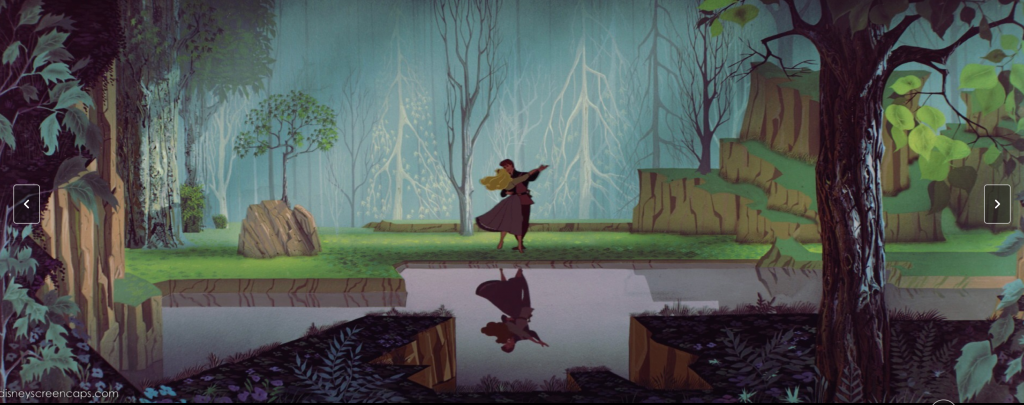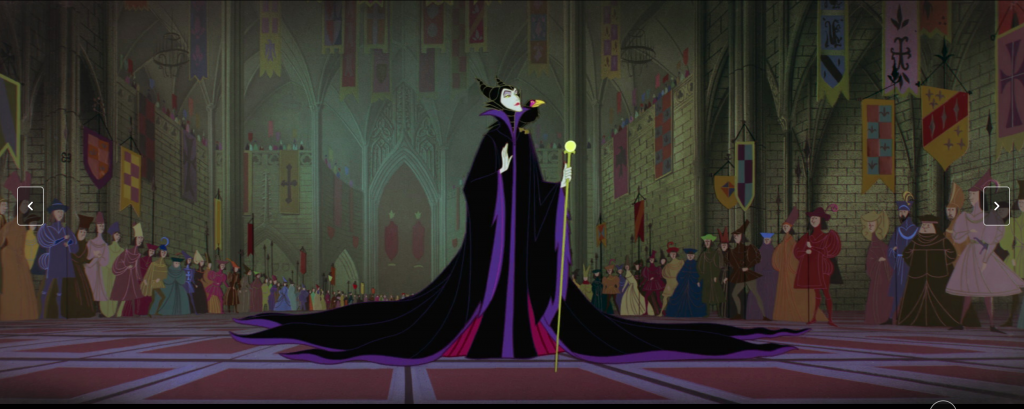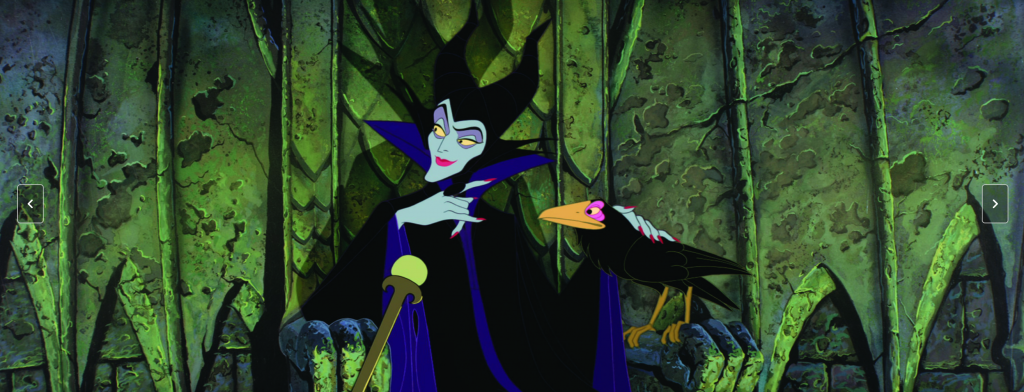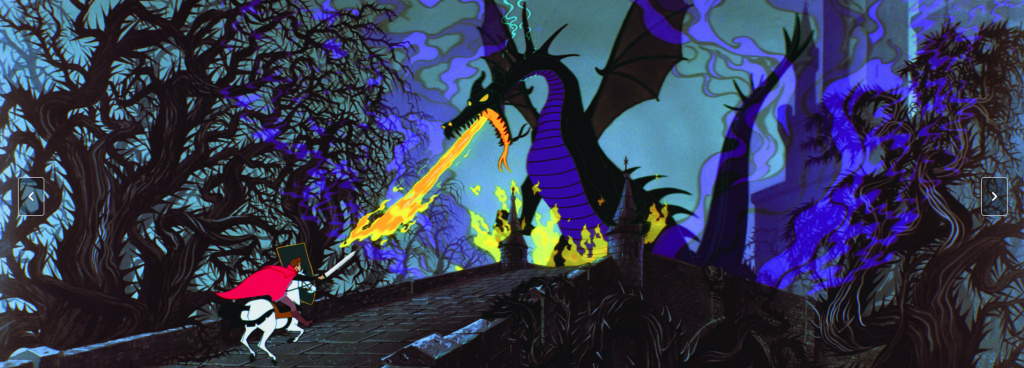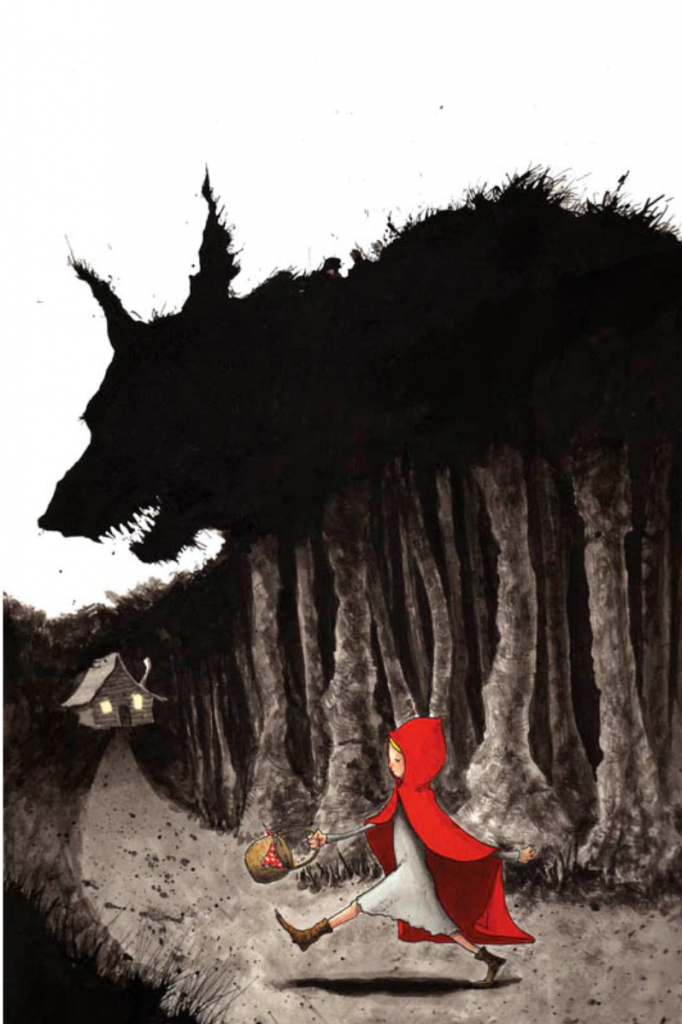This week, your post will serve as prewriting for Essay 2, asking you to practice argumentation by applying a critical perspective to a new text. Here’s the prompt:
Do the critical approaches we’ve studied so far provide insight into contemporary culture as well as literary texts?
And here are the specifics:
1) In your post, share a very brief, contemporary text: an image, short film clip, newspaper headline, notice of an event, etcetera. Be sure to choose a text that can be analyzed from one or more of the critical approaches we’ve discussed so far.
2) Add a concise (200 word max) analysis of the text. Your analysis must use close reading skills (e.g. focus very specifically on your text); it must also draw explicitly on the insights of one of the critical perspectives we’ve studied so far this semester. At the end of your analysis, comment on what this perspective allowed you to see–or, conversely, what it prevented you from discussing.
3) Take the prompt seriously (e.g. don’t choose an advertisement that does not include images of gender, apply a feminist film studies perspective, and then conclude that “the gaze” is a useless critical concept). But also feel free to analyze the weaknesses of the critical method you chose.
Possible perspectives:
Humanist
Formalist (close reading of text only)
Structuralist (e.g. apply Propp to identify the plot moves that underly anime, etc.)
Feminist, gender, and queer studies
Psychoanalysis

